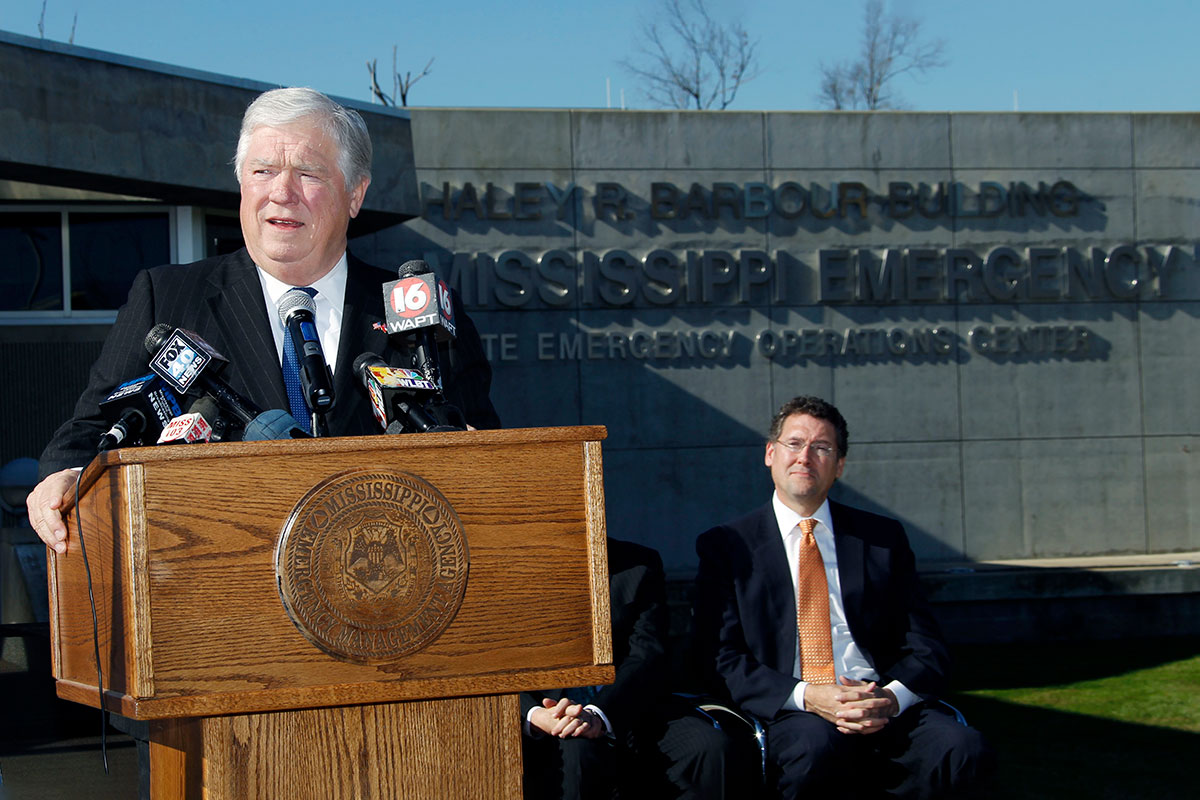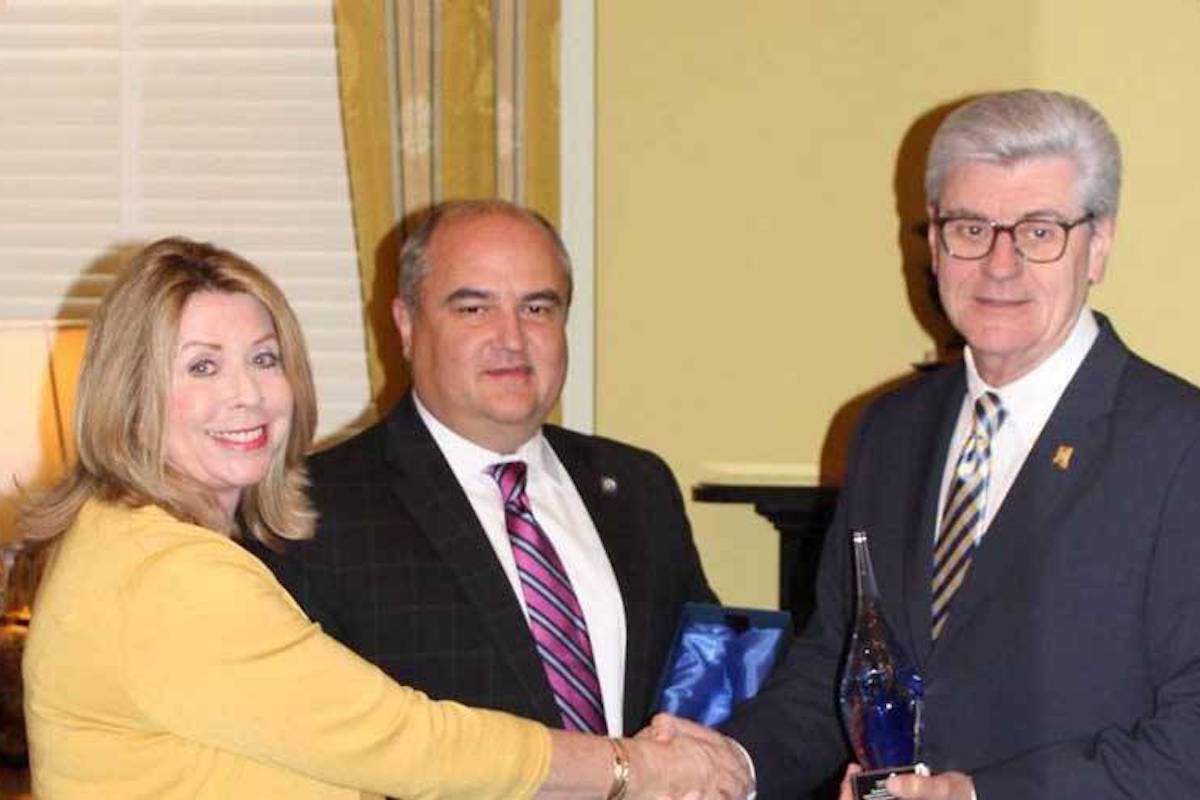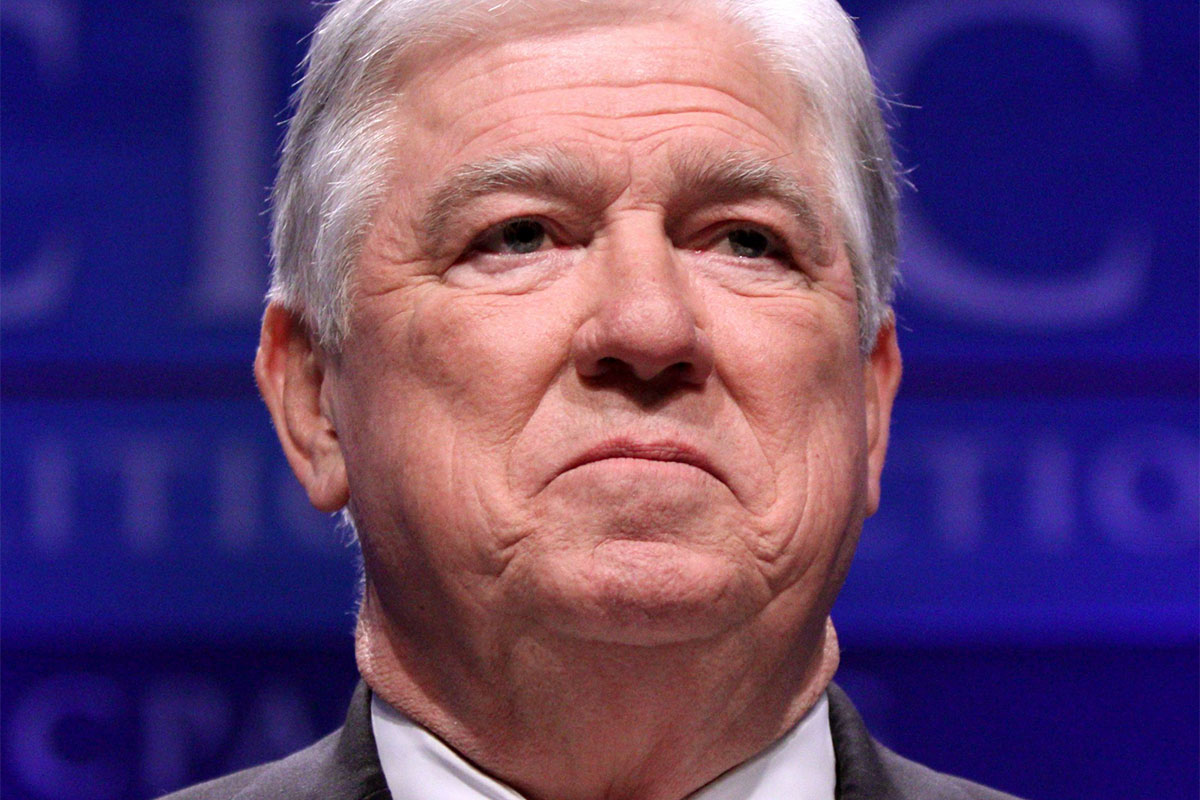Since the state auditor and the Hinds district attorney broke the news of their TANF-fund investigation in February 2020, Mississippians and Americans have had a lot to say about the redirection of $77 million in federal welfare dollars in our state from those who need it the most to those who, well, need it the least. The outrage is deserved and appropriate, as are the efforts by multiple news outlets since the news broke to figure out exactly who did what when—and, vitally, what laws they broke, especially those not arrested or who have pleaded guilty to date. Or, if needed laws even exist in a state where channeling funds away from the poor isn’t exactly a new thing.
The TANF story, that is, has the ability to be relegated to only a sensational whodunit—thus setting it up to happen again due to ignoring the systems and the long history in our state of federal dollars going to pet projects in recent decades. Put simply, the corruption, cronyism and misuse of federal grants in our state is about much, much more than the cast of characters who did the latest dirty deed since 2017. They’re just the latest cast.
Those of us willing to report on the powerful’s shenanigans in Mississippi for a long time, and eager to report the truth no matter who it is, know well that federal dollars being taken away from helping the state’s neediest and being directed to questionable “economic development” projects did not start with a volleyball stadium or a concussion drug. Using a vague promise of “creating jobs” or something shiny has always been a way for the influential to get their own hands, or that of their supporters or perhaps clients, on dollars from a federal government many of them otherwise claim to despise.
Haley Barbour and His $570-Million Port
Freelance journalist (and MFP Advisory Board member) Ellen Ann Fentress detailed one of the most expensive boondoggles in Mississippi’s history in an in-depth essay last week: then-Gov. Haley Barbour’s channeling of $570 million in federal dollars supposed to help rebuild low- and medium-income housing on the devastated Gulf Coast into a … port. She explains that the port barely generated any of the jobs and benefits Barbour and friends promised. A small fraction of it was eventually recouped for housing, but imagine who most of that money ended up benefitting.
Seriously, take a moment and think about it. Hard.

Ellen Ann’s essay is essential reading to realize that the tradition of redirecting federal dollars away from the neediest is a long, long one in Mississippi—and in the case of Haley Barbour, one only a smattering of state reporters did much on. (Sun-Herald reporter Anita Lee and now University journalism professor Joe Atkins are notable exceptions.) Read Ellen Ann’s piece to get a sense of just how much a pass someone with Barbour’s clout and connection has long gotten in our state.
This is vital context, as well as other huge boondoggles with both Barbour and many other players’ fingertips on them, like the Kemper plant debacle, which Christian Middleton won awards for recounting last year.
At the most basic, it is media’s job to explain and contextualize these historic and ongoing systemic practices and who gets away with them and how, and the precedents they set. Then it’s the public’s job to demand change and hold anyone accountable, no matter how smooth-talking the lead advocates are.
Our Forward-Thinking, Anti-Corruption Plan
We launched the MFP in March 2020 determined to do the kind of anti-corruption solutions coverage that we’ve never seen done in Mississippi. Our goal is not to sensationalize the news, or certainly to characterize anyone’s guilt until all the facts are in or play sides (especially with known-guilty people who are trying not to pay the money back).
This is about much more than frying up a few big fish and leaving the broken systems and excuses in place to be exploited again and again.

This forward-thinking anti-corruption effort was slightly delayed by COVID coverage and other crises that needed our honest contextual reporting, like the ongoing Jackson water crisis, also worsened by Mississippi power games. But we’re now ready, especially with Ashton Pittman and Liam Pittman combing through and creating a growing and revealing timeline of the TANF scandal to see where the system’s weaknesses allowed breaks and chicanery.
In 2023, we hope to hire an anti-corruption reporter to focus on this work of interrogating the systems that allow this ugly cycle to continue. (Interested? Email me.) Readers can help us with this beyond-partisanship effort: first, with your tips about what you’ve seen within Mississippi and federal systems that allow such breakage—and ideas on how you’ve seen the problem solved.
We have an advisory group forming now to help inform this reporting. Email me at donna@mississippifreepress.org if you can help.
Plus: We need the resources to do this anti-corruption solutions unit right and hopefully make it a model for other media outlets in the state and beyond. Please give whatever you can at mfp.ms/donate (doubled now in our end-of-year NewsMatch campaign)—or email kimberly@mississippifreepress.org to arrange a larger pledge for this work going forward.
Whether the grift is $77 million or $570 million or billions, we have to find the holes in the system that allow it to happen, and we have to figure out how to prevent it and not always regret it in hindsight. And with your help, our journalism will ensure that Mississippi media cannot look the other way when the person behind the effort is a popular public figure.
Let’s do this.
This MFP Voices essay does not necessarily represent the views of the Mississippi Free Press, its staff or board members. To submit an opinion piece for the MFP Voices section, send up to 1,200 words and sources for fact-checking the included information to azia@mississippifreepress.org. We welcome a wide variety of viewpoints.






